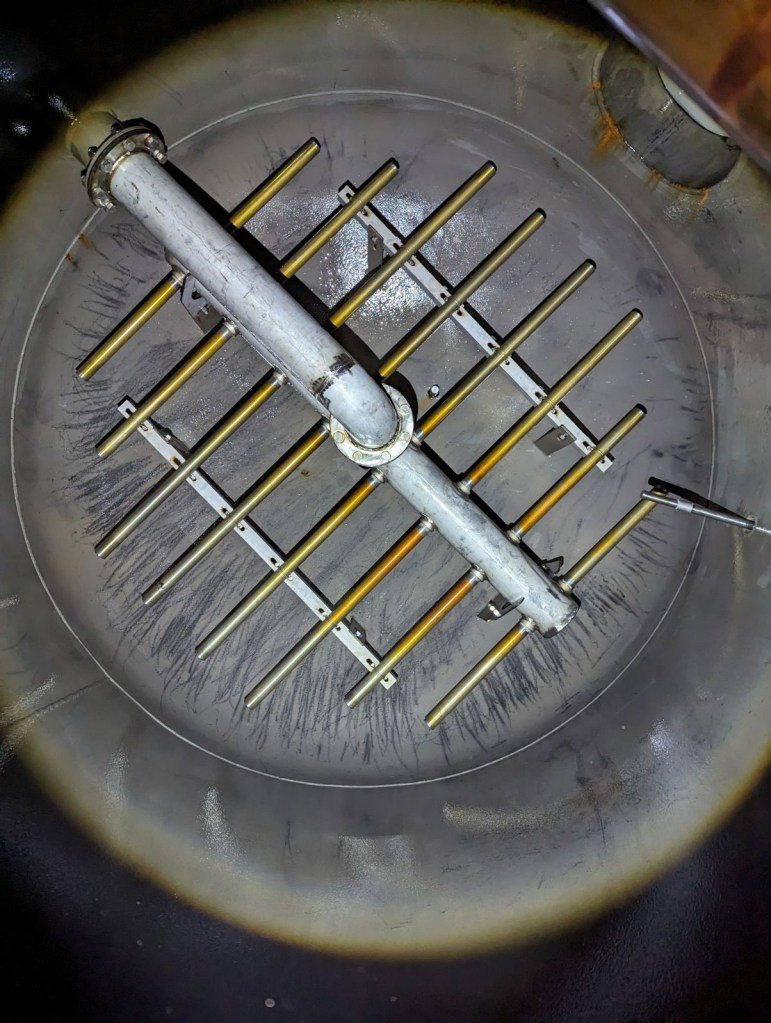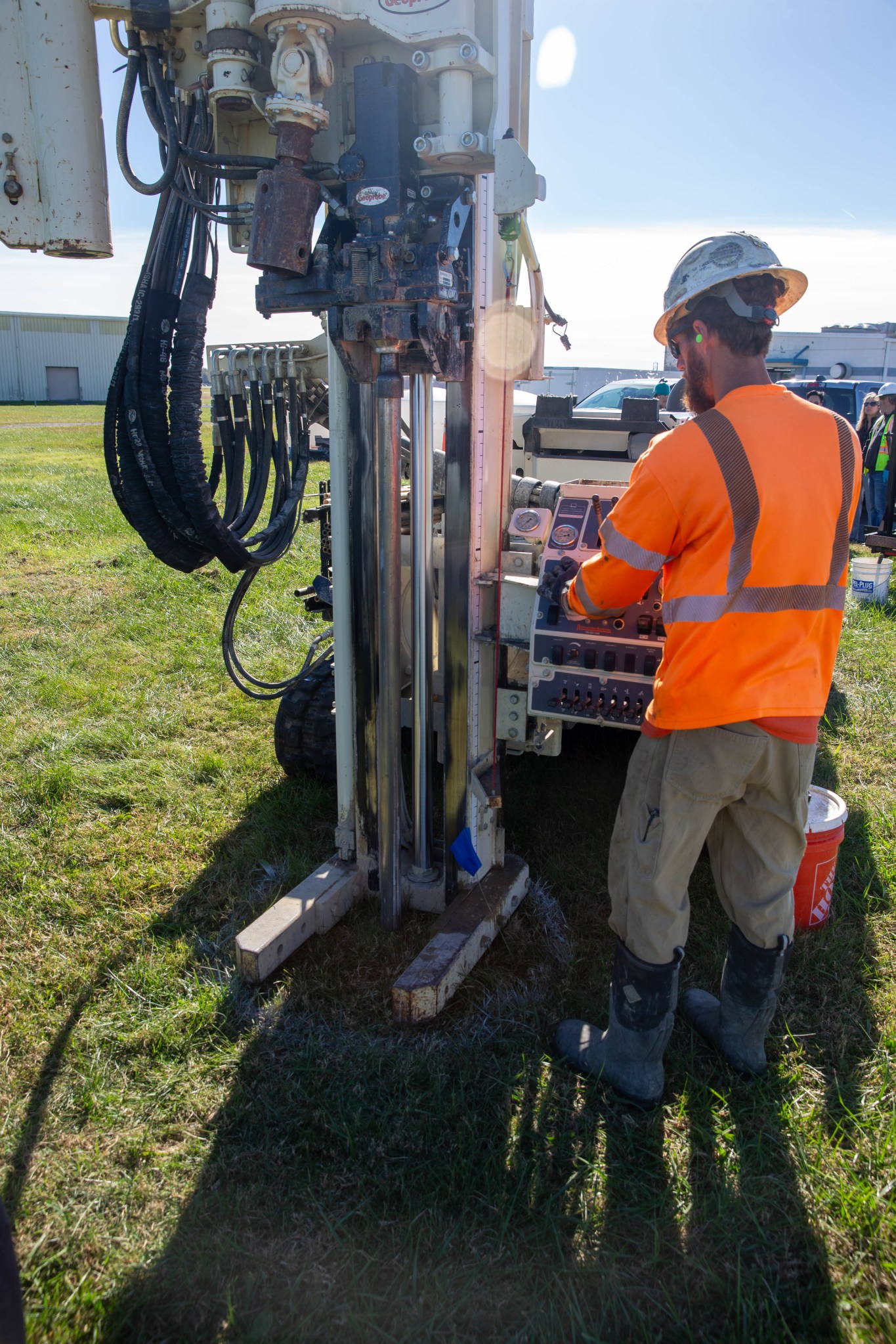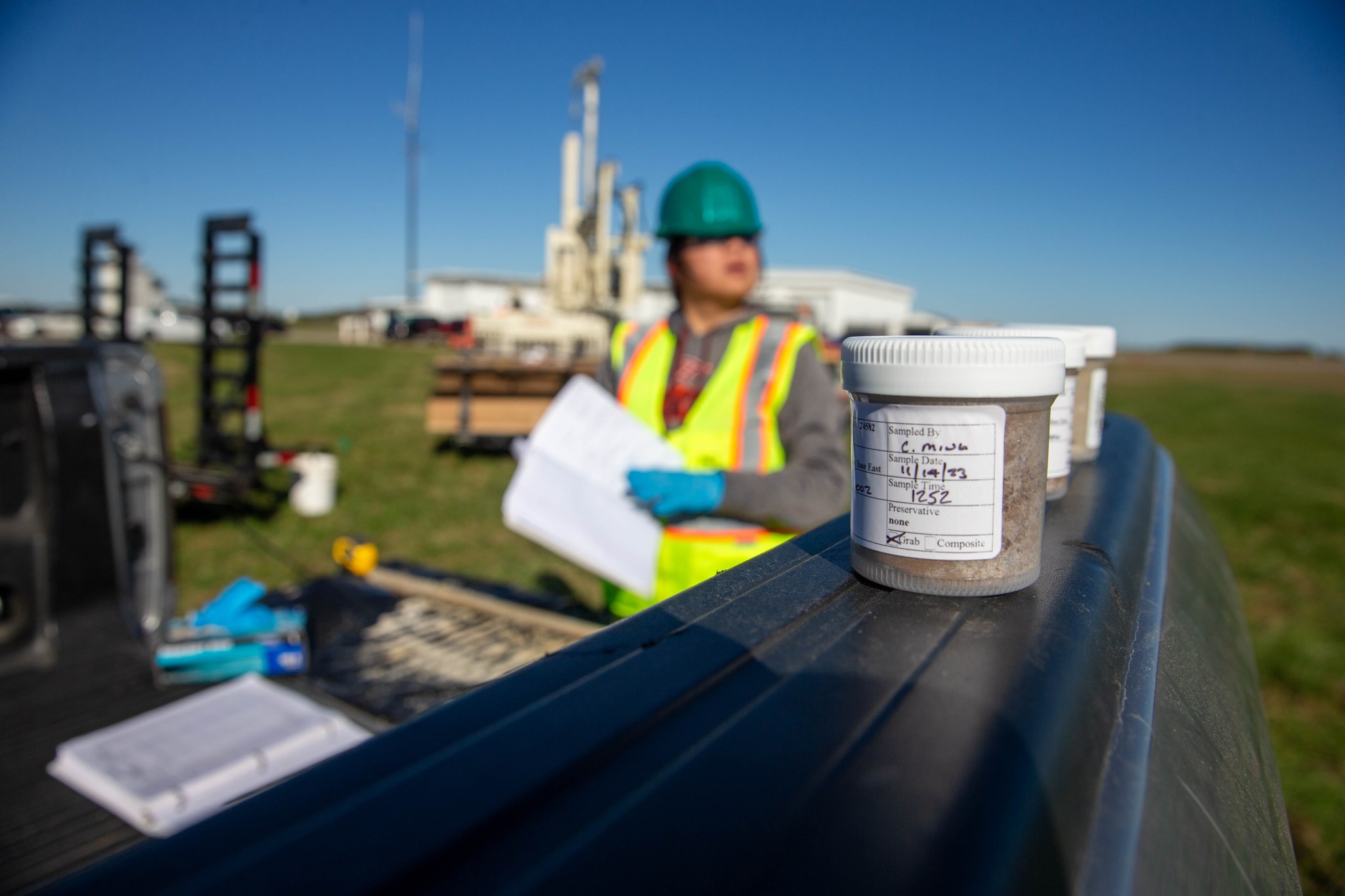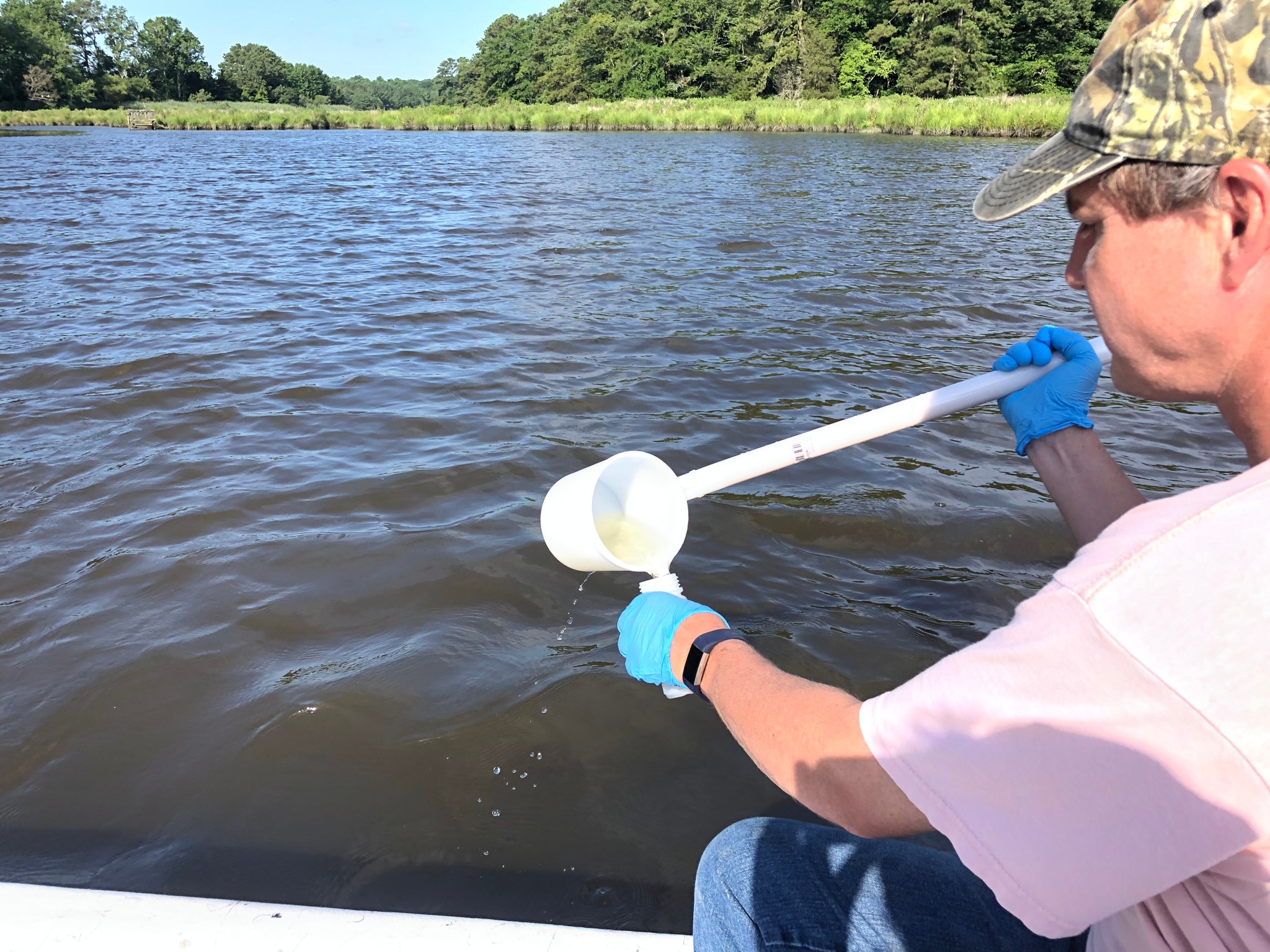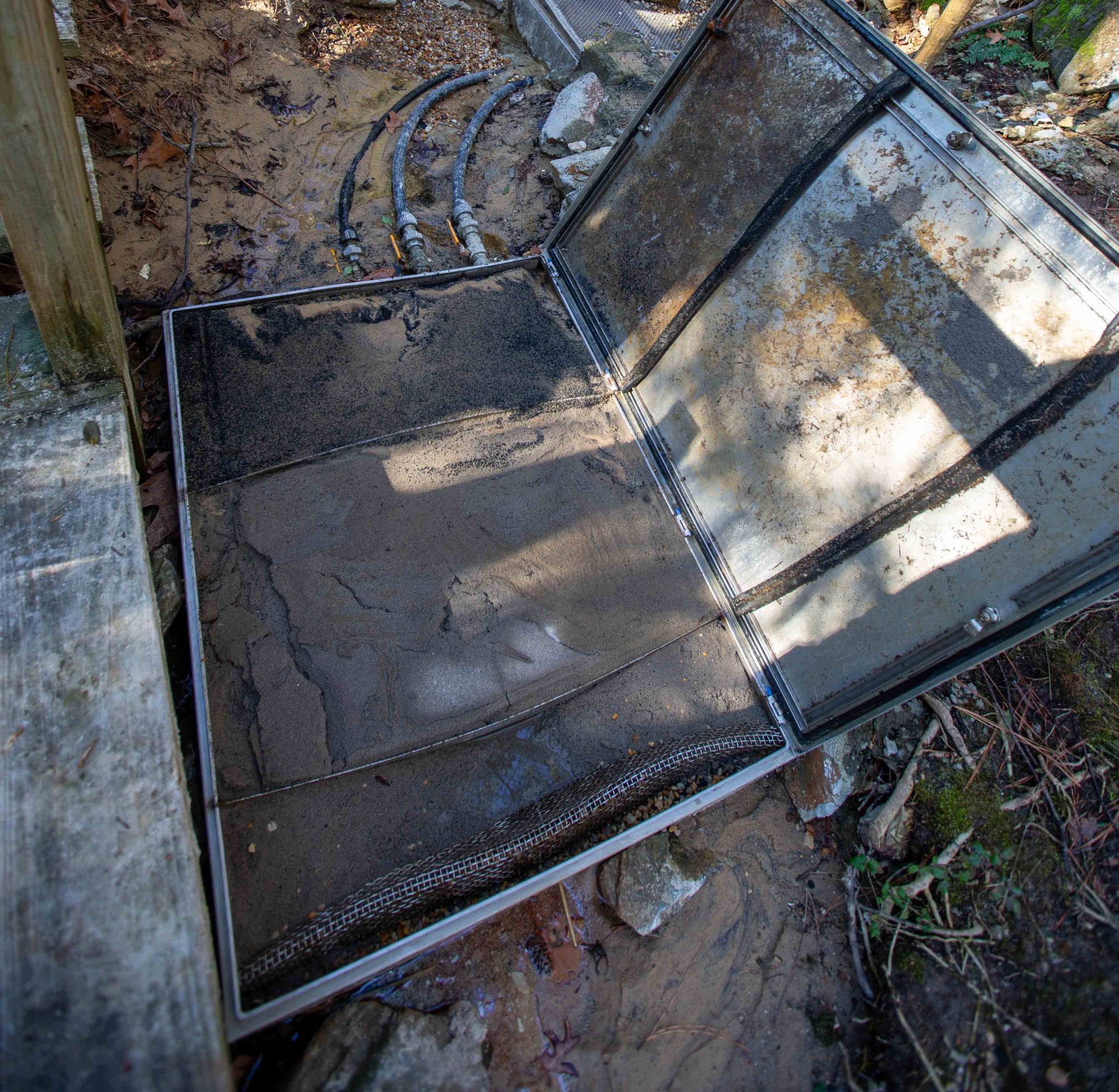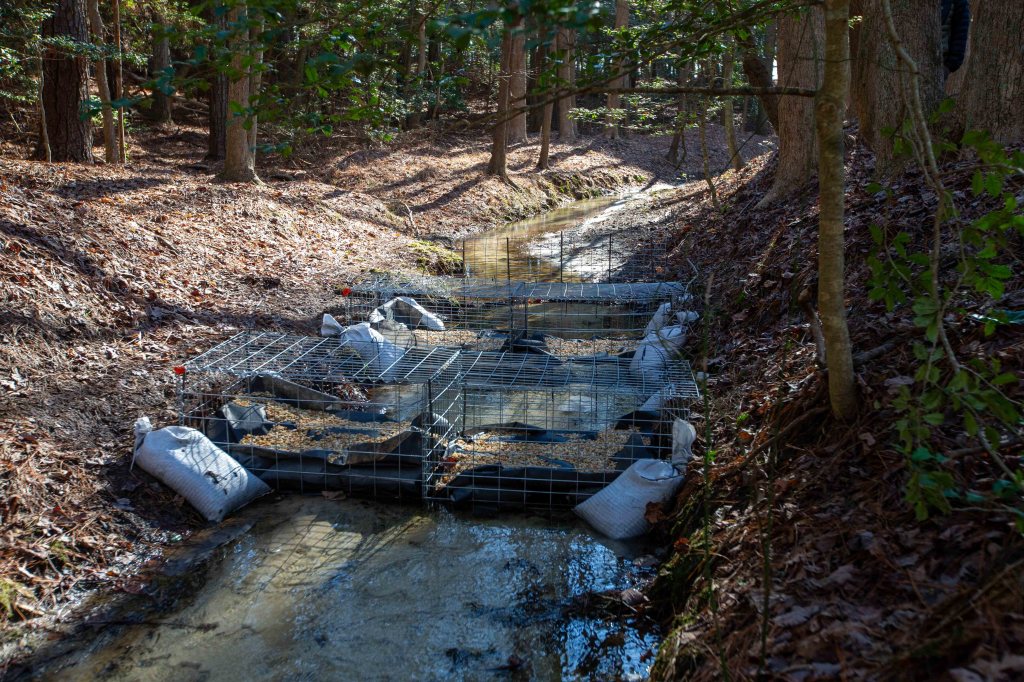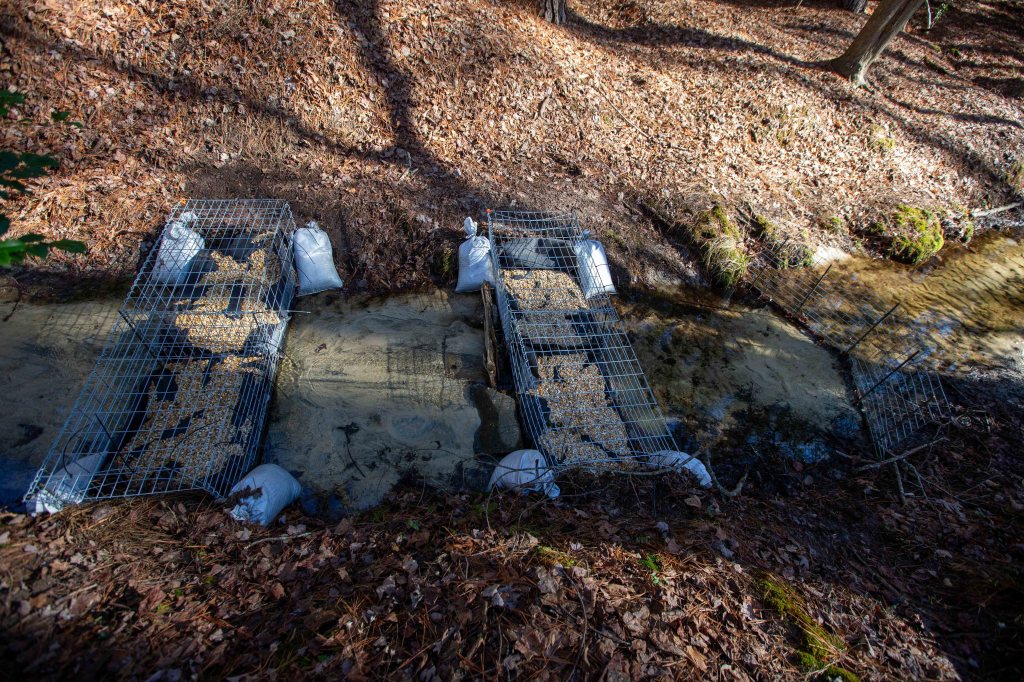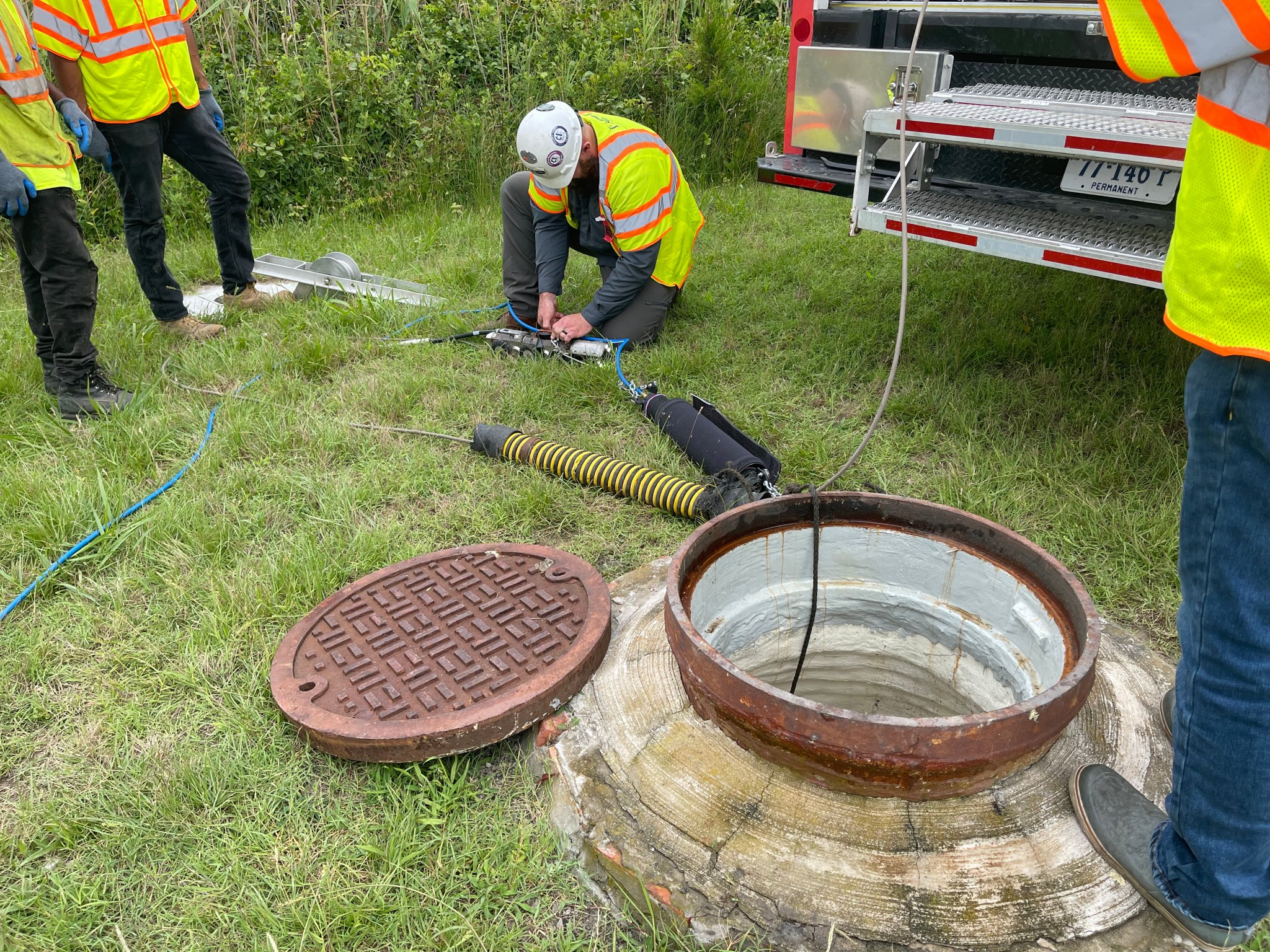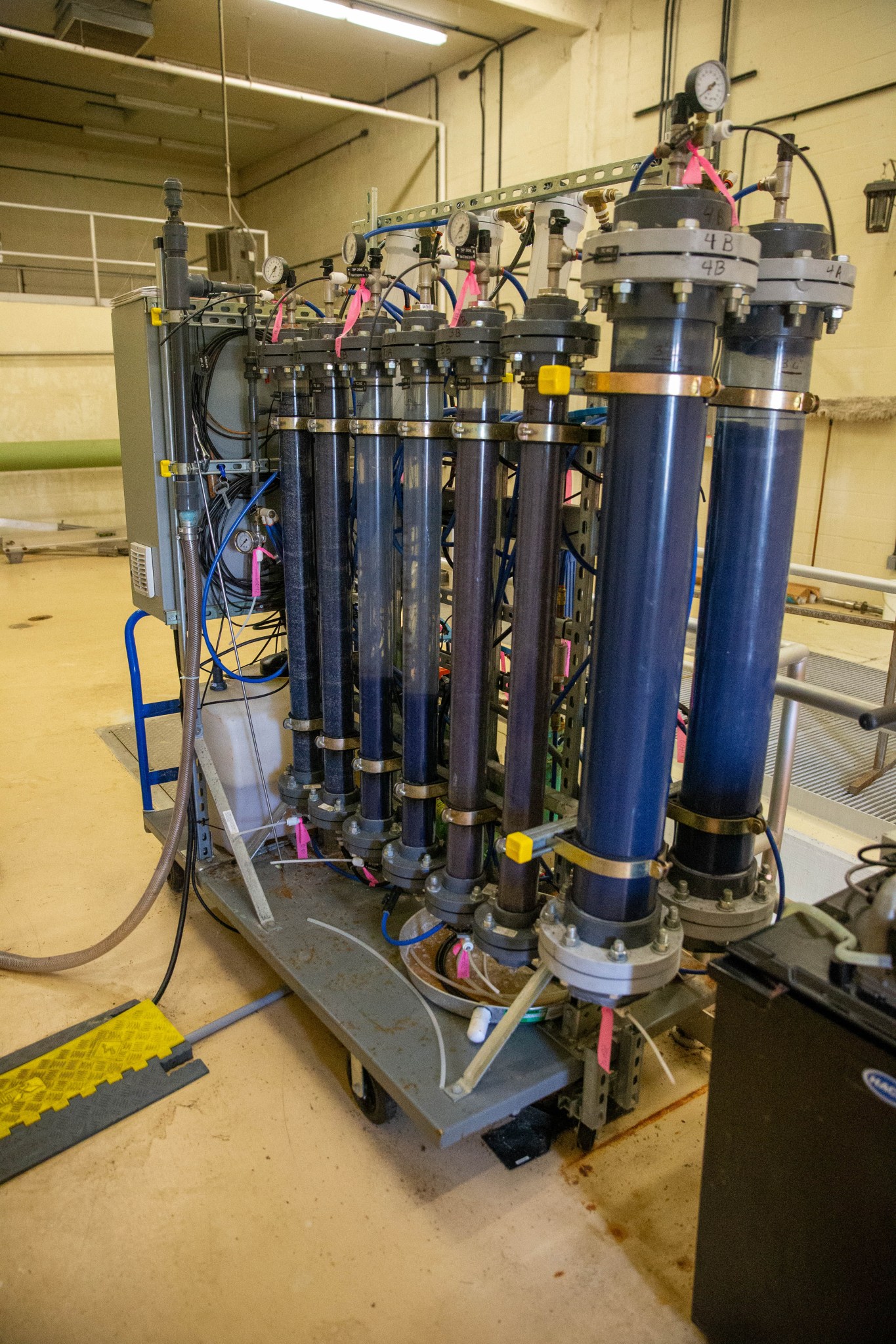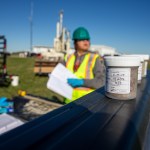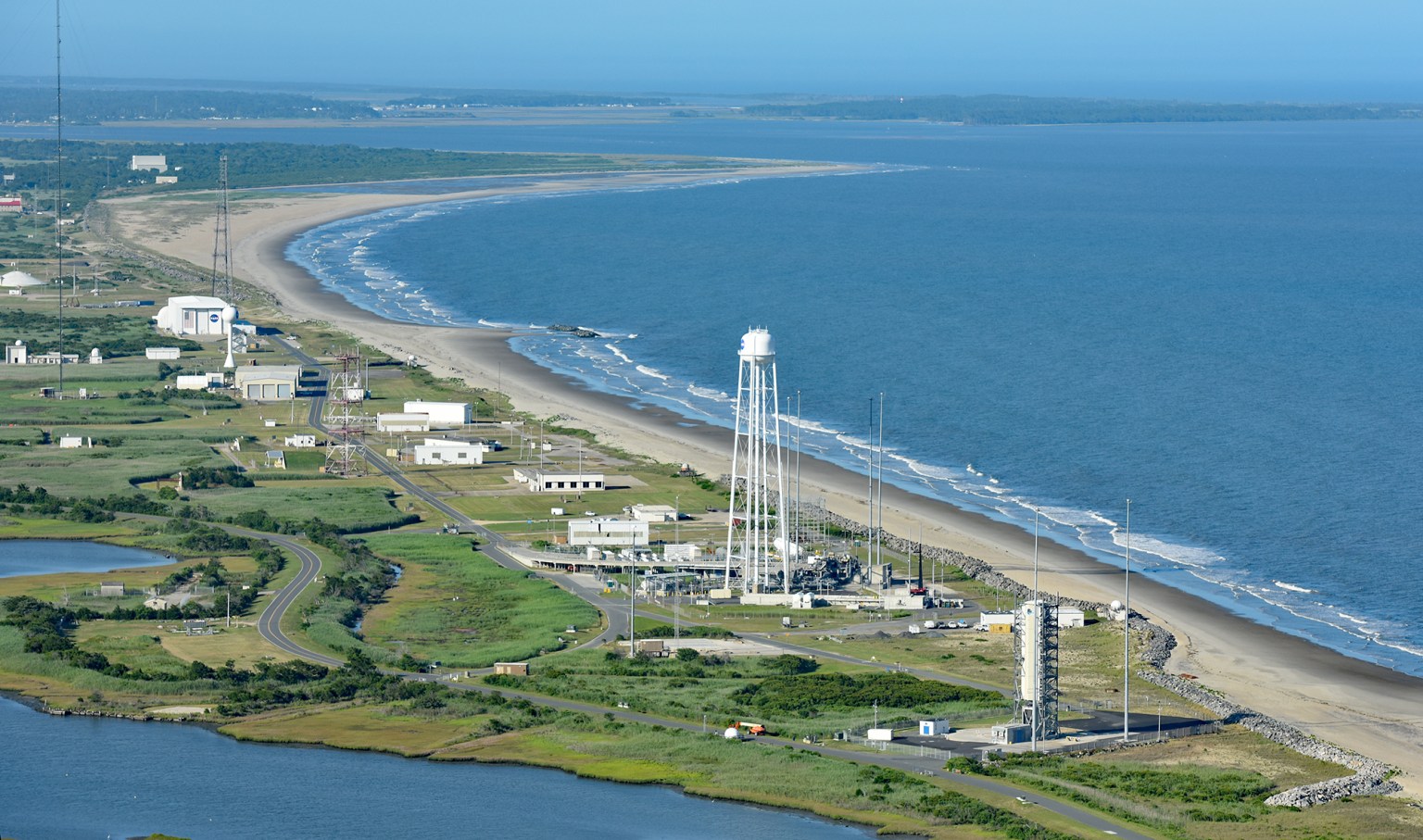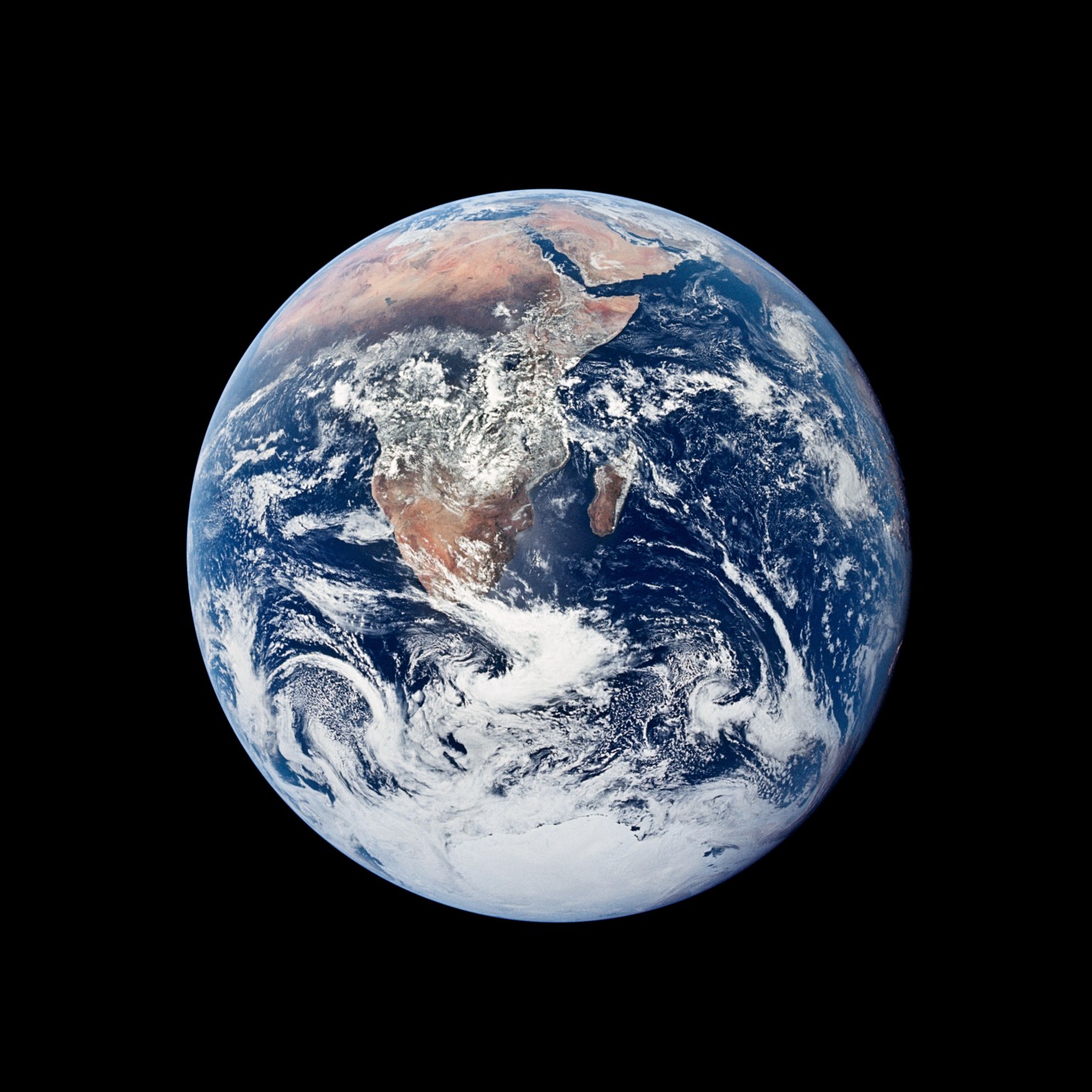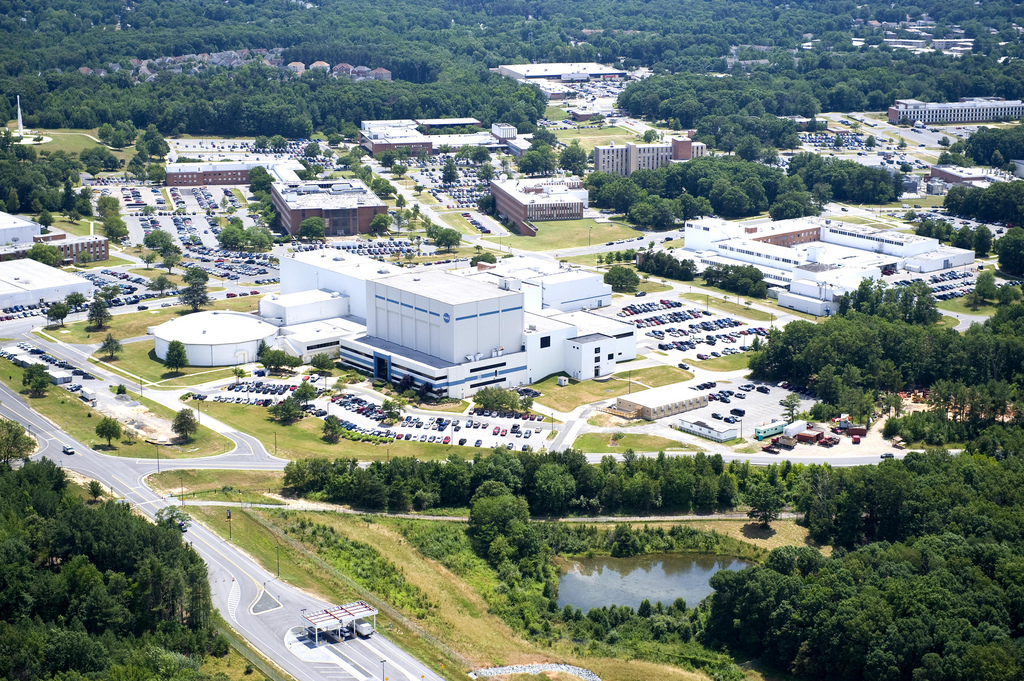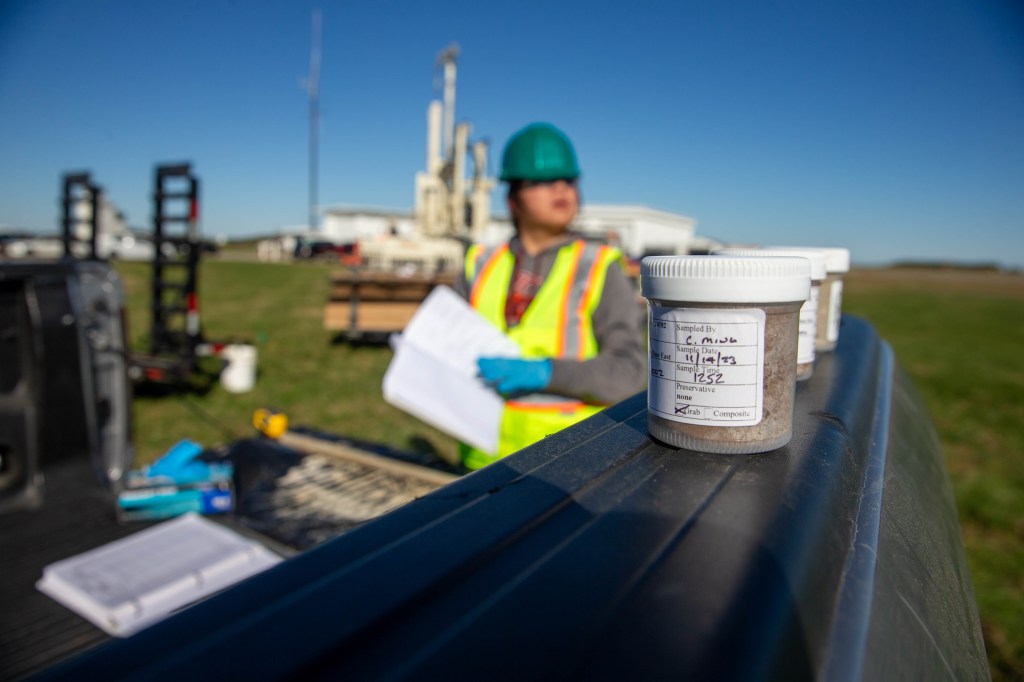
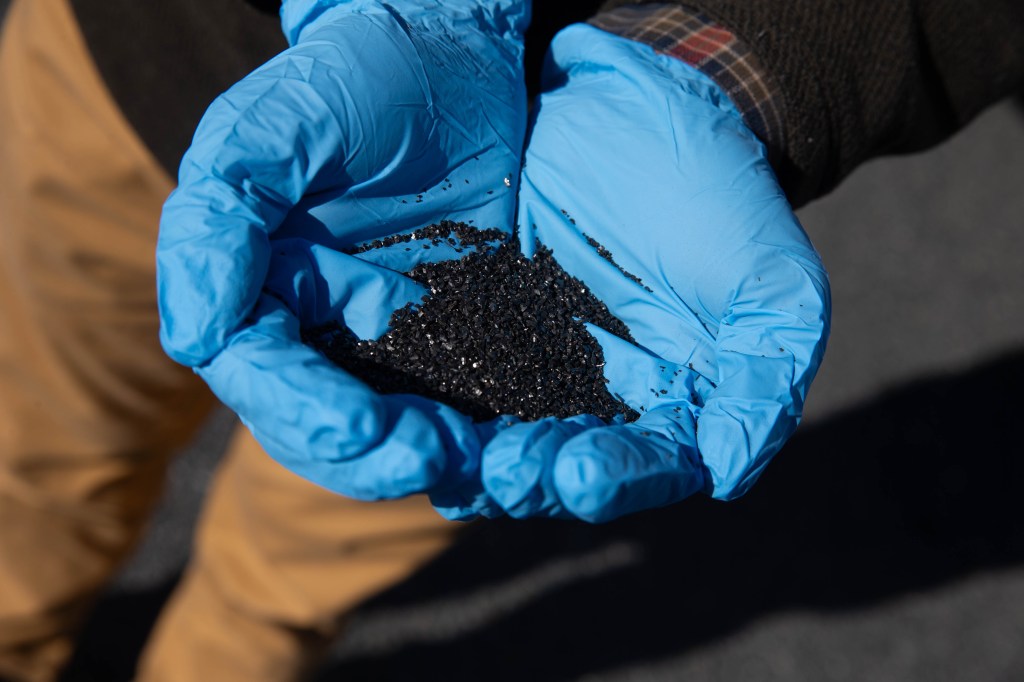
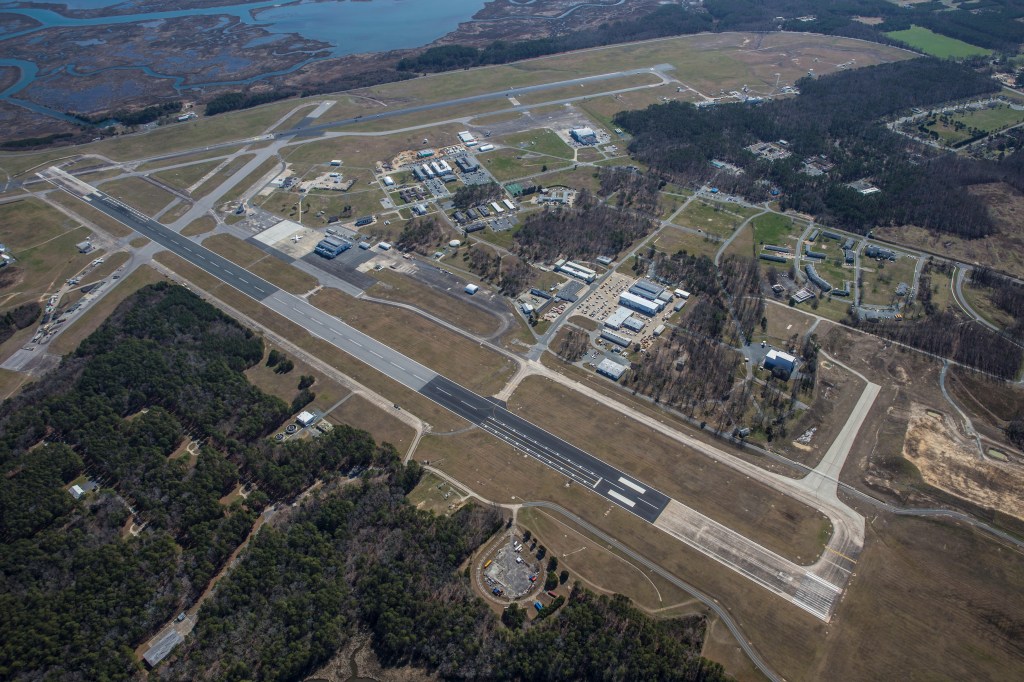
Per- and Polyfluoroalkyl Substances at NASA Wallops
NASA is committed to communicating about efforts to investigate Per- and Polyfluoroalkyl Substances (PAS) at NASA’s Wallops Flight Facility. This website is regularly updated to provide updates on the progress being made.
Location
Wallops Island, VA
Environmental contacts
David Liu, Kristi Francisco
latest update
April 30, 2024
Media Resource
Jeremy Eggers
NASA’s Ongoing Efforts to Address PFAS are Making a Difference
In 2016, NASA began investigating Wallops Flight Facility’s use of materials containing per- and polyfluoroalkyl substances (PFAS). The investigation revealed the use of aqueous film-forming foam, known as ‘AFFF.’ AFFF, which contains PFAS, is the most effective product for extinguishing aircraft fires and was used at Wallops in fire training operations and emergency response beginning in the late 1970s. As a result of this use, there were known or suspected releases of AFFF to the environment. Today, Wallops only uses AFFF for aircraft emergencies.
NASA IS TAKING ACTION
Protecting the Area’s Water Supply
Town of Chincoteague
Following the 2016 investigation, NASA initiated a groundwater testing program. In 2017, PFAS was detected in the Town of Chincoteague’s (Town) drinking water supply wells located on NASA property. NASA immediately took action to protect public health.
Pumping from the Town’s shallow wells was stopped, and NASA began supplementing the Town’s water supply with water from Wallops’ drinking water system. NASA also began work on a groundwater treatment system to allow pumping from the Town’s shallow groundwater supply wells to resume.
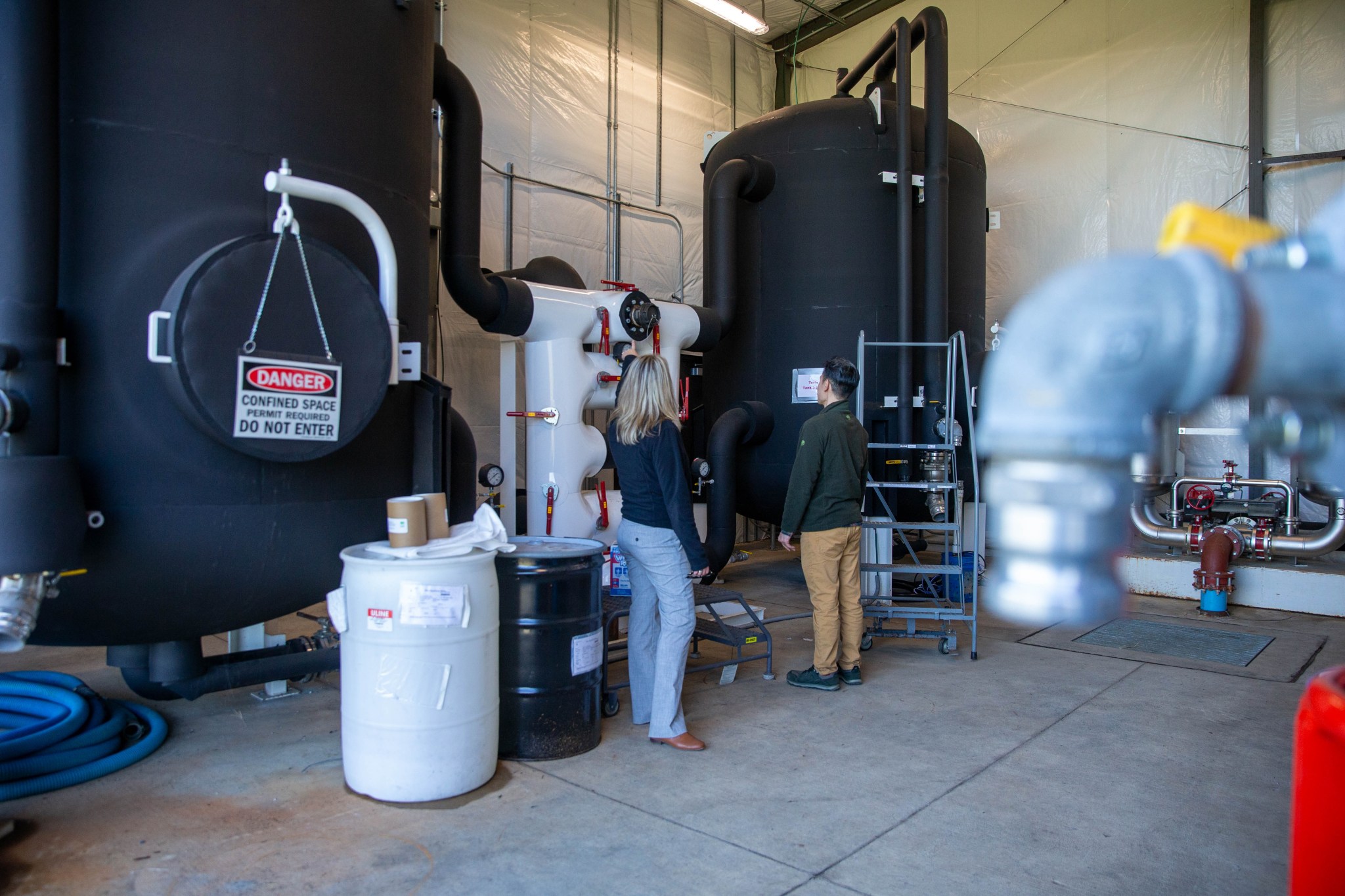
The groundwater treatment system, funded, designed, and installed by NASA, can treat 410 gallons per minute of groundwater from wells that supply water to the Town’s drinking water system to prevent exposure to PFAS in drinking water. Under a permit from the Virginia Department of Health, the system has been fully operational since April 2021 and has successfully removed PFAS, meeting EPA’s drinking water standards well before they were finalized.
The Town’s wells are sampled quarterly, and drinking water is sampled monthly using EPA approved methods. All results are shared with the Town and with federal and state health and environmental agencies. Results show the drinking water meets EPA drinking water standards which were finalized in April 2024.
How Groundwater Treatment Works
The treatment system uses a proven technology for removing PFAS known as granular activated carbon (GAC). Four large tanks each contain 10,000 pounds of granular activated carbon (GAC). As groundwater passes through the tanks, GAC adsorbs the PFAS. Over time, the GAC becomes saturated and needs to be replaced. The tanks are set up so when the GAC is being replaced, another tank takes the lead, and the other tanks provide backup. This layout ensures PFAS removal is continuous.
NASA’s ongoing testing shows that the Treatment System supplying the Town of Chincoteague’s Water Succeeds in Removing PFAS and Continues to Meet EPA National Drinking Water Standards.
On NASA’s Main Base
NASA supplemented Wallops’ Main Base drinking water supply by installing a new water supply well in 2023. The well replaces Well No. 5, which was shut down in January 2019 after tests showed low concentrations of PFAS. These detections were attributed to the age of the well and historic construction methods used.
Monitoring PFAS in the Environment
NASA’s priority is to prevent PFAS exposure from drinking water.
NASA regularly monitors groundwater in the vicinity of Wallops to understand the nature and extent of PFAS in the environment and then takes action to remove, treat, or contain it. NASA has a network of 23 groundwater monitoring wells at and around the Wallops Main Base and samples these wells quarterly.
Surface water is also being sampled in Little Mosquito Creek and Jenny’s Gut on Wallops’ Main Base, helping NASA to understand:
- How groundwater and surface water interact
- How PFAS are moving in the environment
- What areas may require PFAS cleanup activities
- Which remedial technologies are most effective
TARGETED CLEANUP AND PILOT STUDIES
NASA is conducting studies to contain or remove possible PFAS source areas to reduce PFAS in the environment. These efforts help to ensure the protection of public health and the environment.
Preventing Discharges to Surface Water
NASA identified a groundwater seep containing PFAS discharging to surface water near Main Base Outfall 3. NASA designed and installed a treatment system in 2022 to capture seep water and remove PFAS before discharging back to the surface water. System monitoring and upgrades in 2022 and 2023 have increased effectiveness.
Protecting the Streams
Testing of various treatment methods began in 2022 at the Main Base Outfalls 3 and 10 to remove PFAS before it enters Little Mosquito Creek and Jenny’s Gut. Adsorbent material that captures PFAS in its pores was placed along the stream bed and right into the stream flow in certain places. Design is currently underway on methods to prevent PFAS from entering the streams.
Upgrading Infrastructure
Shallow groundwater containing PFAS was discovered entering the wastewater collection system on Wallops Island in 2022. NASA took action by permanently sealing two manholes and repairing a broken wastewater line in June 2023 to reduce groundwater infiltration. Post-repair sampling has shown a decrease of greater than 80% in PFAS entering the system to the lowest levels since sampling began in 2017.
Treating WWTP Effluent
The Wallops wastewater treatment plant (WWTP) effluent that discharges to surface water at Main Base Outfall 1 has detectable levels of PFAS. NASA has been testing treatment removal technologies to design and implement a treatment system to remove PFAS from the WWTP effluent.
TRACKING NEW REGULATIONS & DEVELOPMENTS
NASA’s investigative efforts at Wallops are using the latest scientific information and regulatory guidance available.
The proposed national drinking water standard for six PFAS, outlined in the United States Environmental Protection’s PFAS Strategic Roadmap was finalized on April 10, 2024. The EPA drinking water standards apply to five individual PFAS and several that occur as mixtures. The final regulation requires public water systems to monitor for these contaminants, to notify the public if levels are exceeded, and to reduce levels below the legal standard. The technology NASA uses to remove PFAS from groundwater is a technology referenced by EPA as being effective.
EPA-approved analytical methods now exist for 29 unique PFAS in drinking water. A draft method exists for up to 40 PFAS in various environmental media. NASA continues to increase the number of PFAS included in our analyses as new EPA-approved methods and certified laboratories become available. All results are provided to the Virginia Department of Environmental Quality and the Virginia Department of Health, the U.S. Environmental Protection Agency, and Agency for Toxics Substances and Disease Registry for their review and input on the next steps.
EPA has a total of 14 PFAS regional screening levels (RSLs) for groundwater and soil. RSLs help NASA determine if further investigation is needed or action is required to protect public health. As new RSLs are developed, NASA reviews investigation results against the latest levels.
Surface water quality criteria for the protection of human health is expected by late 2024.
KEEPING YOU INFORMED
NASA remains committed to communicating about our ongoing efforts to address PFAS at and in the vicinity of Wallops. NASA hosts periodic information sessions for community members and employees at Wallops where people are welcome to look at displays that feature the latest project photos and descriptions. Team members, along with state and federal health officials, are also available to answer questions and discuss current activities.
NASA regularly posts updates to this website to provide information about the progress being made.
For more information, contact:
Jeremy Eggers, Wallops Office of Communications




























